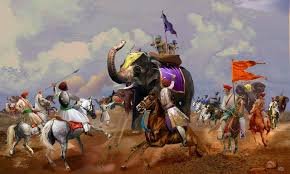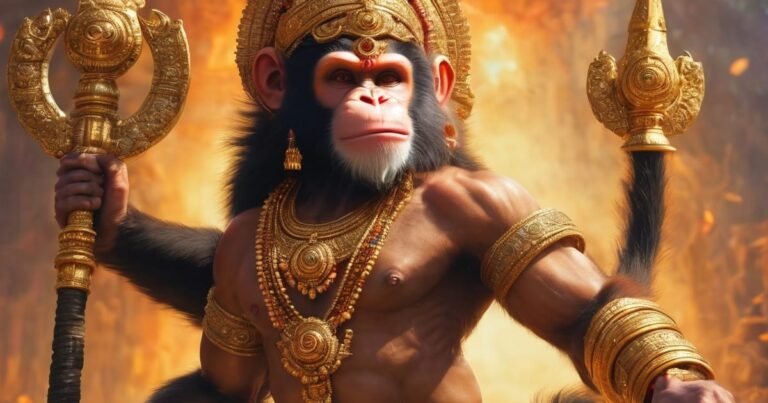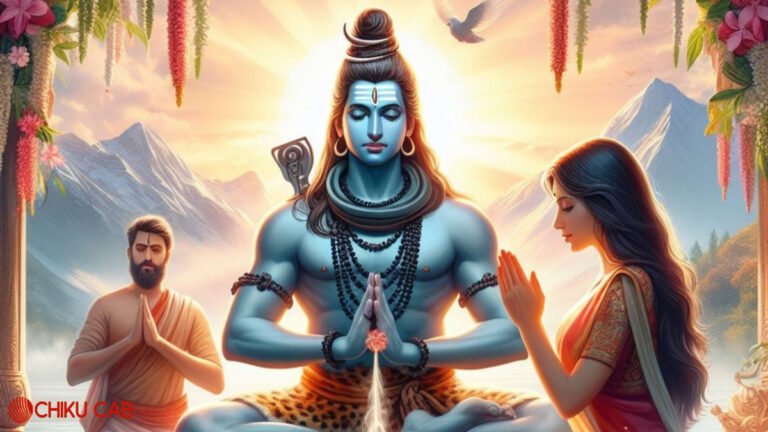The year is 1660. A young warrior, his eyes burning with a fierce determination, surveys the rugged terrain of the Western Ghats. This is Shivaji Maharaj, the legendary Maratha leader, and his steed, a partner in his audacious campaigns against the mighty Mughal Empire.
The Maratha Wars (1674-1818), a period of intense conflict and extraordinary bravery, shaped the destiny of India. But amidst the clash of steel and the thunder of cannon fire, a quieter story unfolds – the story of the animals who fought alongside the Marathas, their loyalty and strength integral to their victories.
Shivaji Maharaj and His Loyal Steed : Shivaji Maharaj, the founder of the Maratha Empire, understood the crucial role animals played in warfare. His cavalry, renowned for its speed and agility, was the backbone of his army. His personal horse, though its specific name isn’t widely recorded in popular lore, was undoubtedly a key factor in his daring escapes, lightning-fast attacks, and strategic brilliance. One famous tale, although perhaps embellished over time, speaks of Shivaji’s horse leaping across a deep ravine to escape pursuing Mughal forces, showcasing the exceptional bond between the warrior and his mount. This image of Shivaji and his horse became a symbol of Maratha resilience and unwavering spirit. The saying “शिवाजी महाराजांचा घोडा” (Shivaji Maharajancha ghoda – Shivaji Maharaj’s horse) became synonymous with bravery and swiftness.
Bijli and the Whispers of the Wind : Years after Shivaji’s time, the spirit of daring and agility lived on in horses like Bijli. Smaller than the imposing steeds of the Mughals, she was perfectly suited for the guerilla tactics that were the hallmark of Maratha warfare. She could navigate treacherous mountain paths, ford swift rivers, and maintain her pace during long, grueling marches. Bijli was Jivaji’s constant companion. He remembered a time when they were ambushed in a narrow mountain pass. Mughal soldiers emerged from the rocks, their swords glinting menacingly. Jivaji, separated from his unit, faced impossible odds. But Bijli, sensing his fear, reared and neighed, a challenge to the attackers. Her unexpected ferocity startled the Mughals, giving Jivaji the precious seconds he needed to regroup and fight his way out. Bijli wasn’t just a horse; she was Jivaji’s courage made flesh. Later, during a daring raid on a Mughal outpost, Bijli’s speed proved crucial. Jivaji and his small band of warriors, mounted on their agile Deccani ponies, swept in like a whirlwind, catching the Mughals completely by surprise.They inflicted heavy casualties and seized valuable supplies before melting back into the surrounding hills, leaving the Mughals bewildered and frustrated. Jivaji would often say, “घोडा माझा सोबती, विजयाचा साथी” (Ghoda majha sobati, vijayacha sathi – My horse is my companion, my partner in victory).
The Peshwas’ War Elephants: The Peshwas, too, relied on their war elephants, majestic creatures that symbolized power and might. These elephants played a crucial role in sieges and transportation, their presence commanding respect and awe.
Dariya, the Mountain that Moved: Dariya, a mountain of an elephant, a force of nature under Bajirao I. Dariya was a force of nature, capable of shattering fort gates with a single charge. During a siege, Dariya’s tusks crashed against the heavy wooden doors, splintering them like kindling. But Dariya, despite its strength, was also a creature of instinct. The thunder of cannons could send it into a panicked frenzy, reminding everyone that even the mightiest beast could be unpredictable in the chaos of war.
The Silent Caravans of the Sands : The desert wind whispered secrets to the camels as they trudged across the scorching sands of Rajasthan. These weren’t the majestic war elephants or the swift cavalry horses; these were the silent workhorses of the Maratha army, their humps laden with supplies essential for Mahadji Shinde’s campaigns. They carried water, food, ammunition, and even small cannons, keeping the Maratha war machine fueled in this unforgiving landscape. The camel drivers, often families who had served with the Marathas for generations, knew the desert like the back of their hands.They navigated by the stars, braved sandstorms, and faced the constant threat of desert raiders.Their camels, tough and resilient, were their partners in this silent struggle for survival.
The Unsung Heroes of the Supply Chain:
Behind the scenes, an army of bullocks toiled tirelessly. These sturdy beasts of burden, often overlooked in the grand narratives of war, were the backbone of the Maratha logistical network. They pulled carts laden with everything from grain and cooking pots to tents and cannonballs.They were the arteries through which the lifeblood of the Maratha army flowed. Without these patient and powerful animals, the Maratha warriors could not have marched, fought, or survived.
The Loyal Sentinels: Even the humble dog played its part. Smaller and less celebrated than their larger counterparts, these canine companions served as sentinels, alerting camps to approaching enemies with their sharp barks. They were also used as trackers, their keen noses able to detect hidden ambushes or follow the scent of retreating foes. They were the silent guardians of the night, their loyalty unwavering.
Beyond the Usual Suspects: The Marathas, known for their resourcefulness, looked to all creatures for advantage. The ghorpad, or monitor lizard, was said to be trained to scale walls, carrying ropes for warriors to infiltrate enemy strongholds.There was the tale of Tanaji Malusare and Yashwanti. Legend whispers that Tanaji used his ghorpad to scale the seemingly impregnable walls of Sinhagad Fort. Whether fact or folklore, the story cemented the ghorpad’s place in Maratha legend.
Rani Lakshmibai and Badal: Rani Lakshmibai, the warrior queen of Jhansi, rode into battle on her magnificent horse, Badal. Their bond was one of legend, their courage intertwined. Badal was more than just a steed; he was a symbol of the queen’s indomitable spirit, his bravery echoing her own.
The Maratha Navy and Seabirds: Even the seabirds played a role, guiding the Maratha navy. Sailors learned to read their flight patterns, predicting weather and navigating the seas, showcasing the Marathas’ deep connection with the natural world.
Summary: The stories of these animals, from the mighty war elephants to the humble bullocks, are whispers of courage, loyalty, and sacrifice. They are a testament to the enduring bond between humans and the animal kingdom, a bond forged in the crucible of war, a bond that shaped the destiny of an empire. These unsung partners in the Maratha military deserve their place in history, their contributions echoing through the ages.








